The Insider’s Guide to Cultured Pearls
There are five different variants of cultured pearls and these are Akoya, Tahitian, Freshwater, white, Golden South Seas and seas of Cortez Pearls. Every pearl has its unique beauty that attracts the pearls lovers. These pearls are grown in different kinds of oysters depending on their availability and geographical conditions.
China leads the production of cultured pearls. However the most beautiful Tahitian pearls are produced mainly in the north western coast of Australia. Currently commercial cultured pearl production is dominant in China followed by Japan, Australia and Indonesia. Recent decade has seen the growth of commercial cultured pearl production in India, the Philippines, Thailand and Vietnam
Akoya Pearls- Pearl Paradise
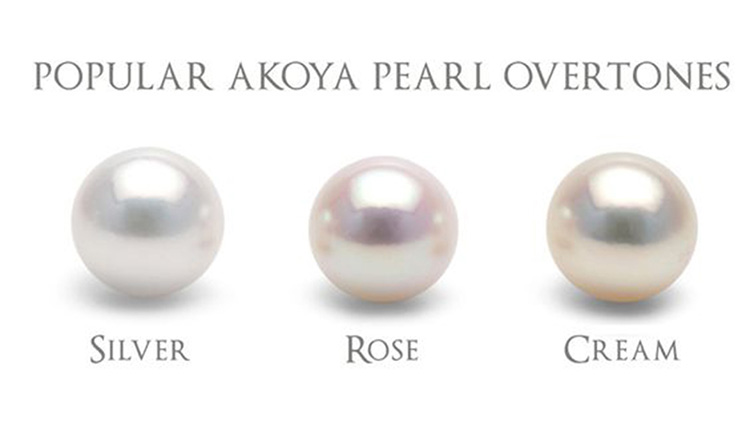
Akoya pearls are cultivated inside a very controlled environment. These pearls are mainly cultured in Japan, China and to some extent in Vietnam, where Japan leads in the Akoya pearl production. Thus, Cultured akoya pearls is native to the colder waters of the Pacific ocean.
Size of these pearls can vary from 2 mm to 9.5 mm and sometimes 10mm. These pearls are inherently round. Usually, these pearls are white but sometimes they can be silvery-blue and golden hues. Akoya pearls are the most classical pearls that are used due to their bright mirror-like lustre and colours.
Freshwater Pearls
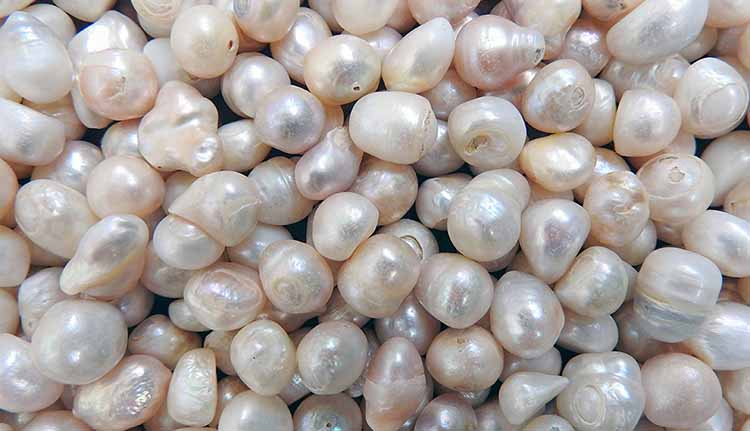
Freshwater cultured pearls from China are present in incredible colours. These pearls are less expensive than Saltwater pearls. Most of the freshwater pearls come from China’s Freshwater lakes. Size of freshwater pearls lie between 2 mm to 3mm through 11-12mm. Producing freshwater cultured pearls can take upto 3 years.
The freshwater pearls do not have that glossy and metallic finish asAt the time of nucleation, around 24-32 tiny pieces of mantle tissue is inserted in each mussel found in Akoya pearls. A single freshwater mussel can produce up to 50 pearls at a time.
At the time of nucleation, around 24-32 tiny pieces of mantle tissue are inserted in each mussel found in Akoya pearls. A single freshwater mussel can produce up to 50 pearls at a time and these mussels can be reused for pearl culture as long as the water is clean.
Tahitian Pearls- Breathtaking beauty
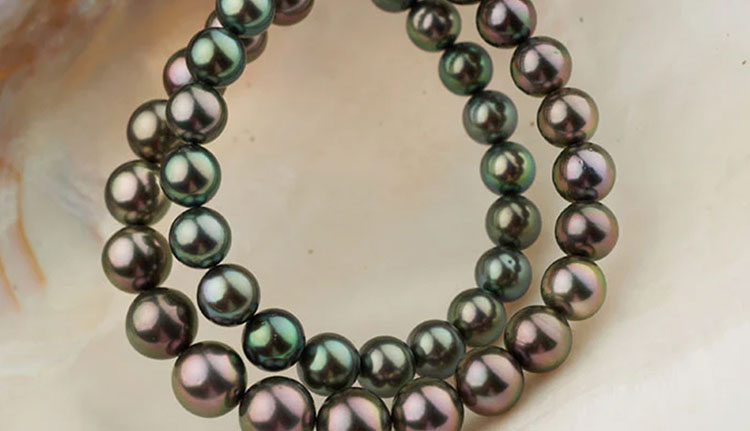
Tahitian pearl forms inside the black lip oyster named (pinctada fucata). Tahitian pearls are naturally black saltwater pearls. Primarily the colour varies from pale dove grey to dark charcoal grey with overtones of peacock green, blue-green, cherry etc. These pearls come in various shapes that include round, semi-round, button, oval, teardrop etc. The shimmer and shine of the pearl is just excellent.These pearls are mainly farmed in French Polynesian islands around Tahiti.
Black Tahitian pearls are the most rare and beautiful Tahitian pearls.
These pearls are produced using organic irritants into the gonads of the mature Pinctada margaritifera mollusc. Shells of black lip oysters are sanded to form the bead so that pearls are round.
South Sea Pearls - Queen of Pearls
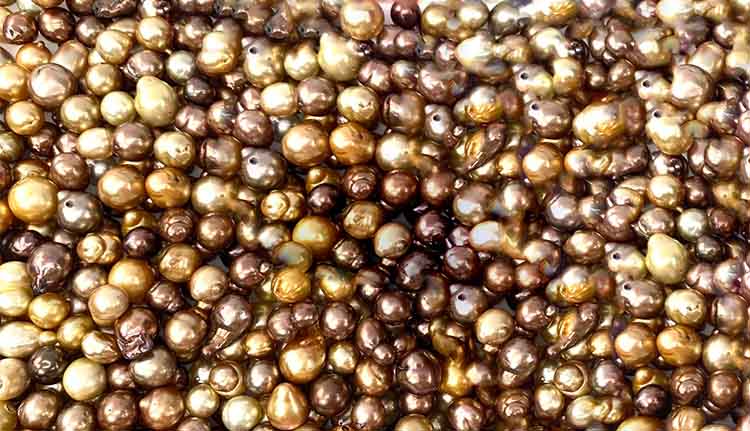
These pearls are called Queen of pearls as they form a palette of natural golden and white colour. These pearls are mainly grown along the Northern coast of Australia. Golden varieties of pearls are grown mainly in the Philippines and Indonesia. The size of these pearls vary from 8mm- 9mm through 20mm.
These pearls have the thickest nacre layers and their lustre quality is different due to large aragonite platelets that form pearls. The growth period of these pearls are 2- 4 years. The production of south sea pearls is limited due to susceptibility of these oysters to disease and stress.
These pearls are produced using organic irritants into the gonads of the mature Pinctada margaritifera mollusc. Shells of black lip oysters are sanded to form the bead so that pearls are round.
Sea of Cortez Pearls - Rarest of Rare Pearls
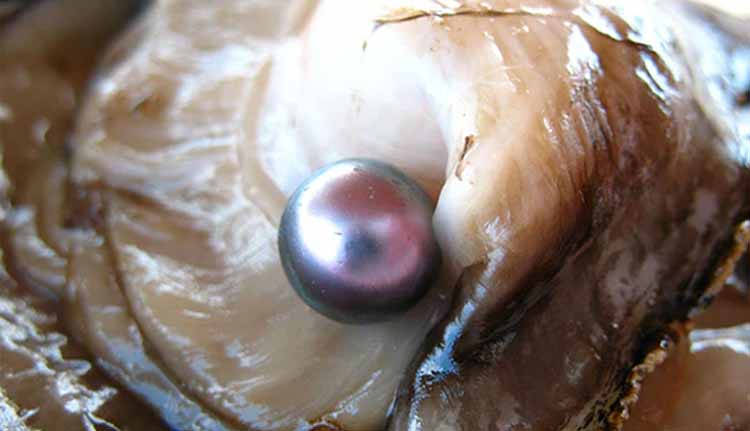
These are the pearls from the sea of Cortez, Mexico( Gulf of California) and these pearls are the most exotic pearls. Sea of cortez pearls are the rarest pearls found. The size of these pearls vary from 8mm -9mm through 12 mm which are very rare and this is mainly because of its limited production. The oyster that produces these pearls are Rainbow lip oysters, Pteria Sterna.
These are the only pearls that fluoresce under UV lighting/ Sea of cortez pearls are available in some unusual colours like: Opalescent silver, greys and gold/bronze, blue, Cyan purple, olive green.
These pearls are produced using organic irritants into the gonads of the mature Pinctada margaritifera mollusc. Shells of black lip oysters are sanded to form the bead so that pearls are round.
Keshi Pearls
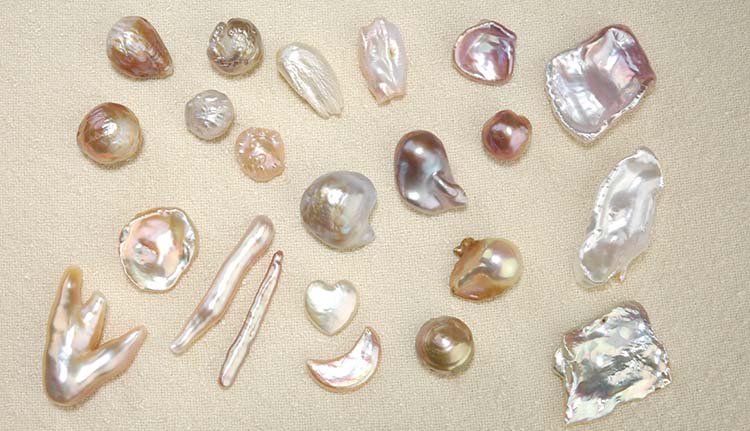
Keshi pearls are mainly produced in Japan and the word Keshi means poppy seeds. Keshi seeds are primarily non-nucleated pearls and they are excess or byproducts of the pearl culture process that have some unique shapes. These pearls can be used for designing jewellery.
Originally, keshi pearls are formed when the oyster rejects the bead nucleus. Keshi pearls are completely made of nacre as there is no nucleus. Since they are completely formed from nacre, they have an excellent lustre.
Mabe Pearls - Jeweller’s Choice
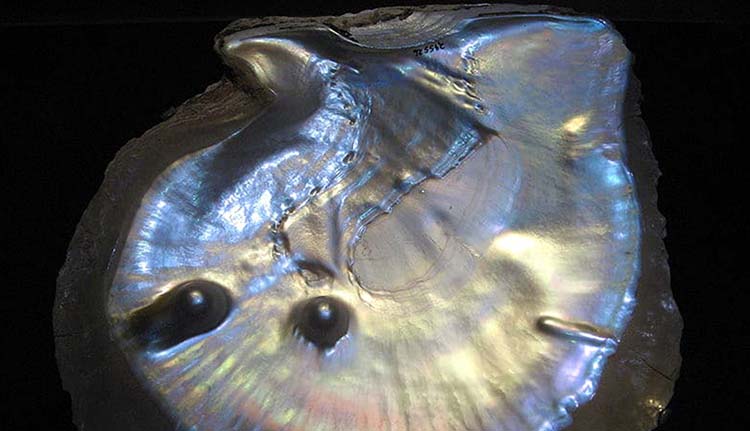
Also known as blisters, these are the half-spherical or disk shaped pearls that grow attached to the shell of the mollusc in both fresh or saltwater. Thus mabe pearls are grown against the shell of mollusc unlike other pearls that are grown inside the body of the mollusc. The Chinese are the true inventors of mabe pearls.
Mabe pearls are mainly cultivated in Pinctada Maxima, Pteria Penguin mussels. These are large pearls ranging from 12mm to 14 mm in length. One side of these pearls are flat and they are convex on the other side.